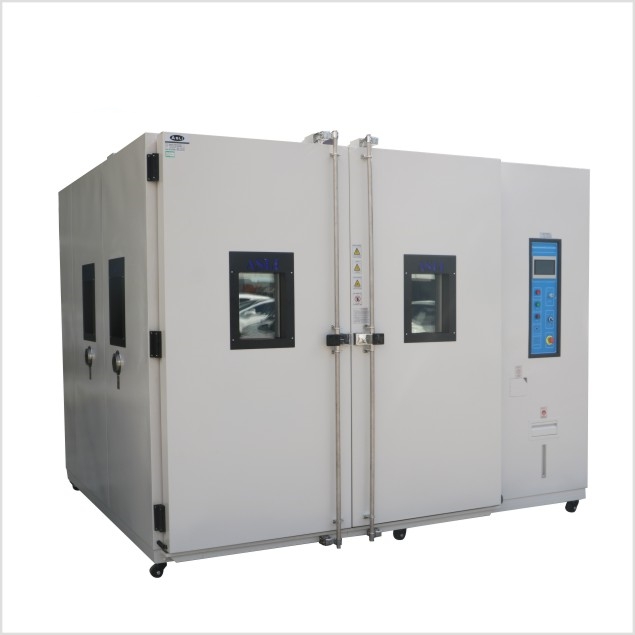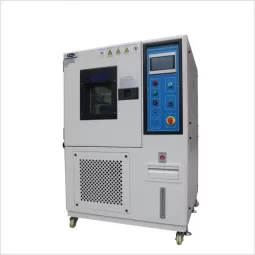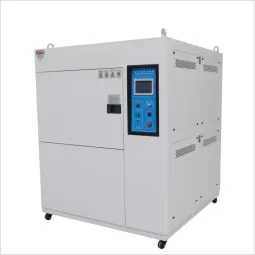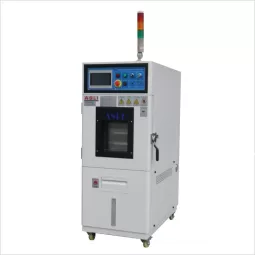Walk-in Chambers: Why Size and Stability Matter in Real Testing
Large samples, large problems
Environmental simulation isn't just for small devices. Many industries—especially automotive, aerospace, and battery manufacturing—rely on walk-in chambers to test large, complex products in realistic climate conditions. When the product can't fit in a standard chamber or when batch testing is required, walk-in models are the only solution.
Not just storage: it’s stress simulation
Walk-in chambers do far more than hold temperature. They simulate long-term exposure, rapid thermal changes, and high-humidity stress. In many industries, this means detecting failure patterns before products reach the field.
Battery module testing in EVs often requires cycling between -20°C and +60°C with controlled humidity.
Aerospace parts, such as panels or wiring harnesses, are exposed to fluctuating climate to mimic altitude conditions.
Biotech or pharmaceutical batches undergo multi-month stability tests under ICH Q1A(R2) guidelines.
These aren’t just tests—they’re simulations of time, transport, and extreme use cases.
Where standards apply—and where they don’t
There is no single standard that defines walk-in chamber testing universally. Instead, different applications refer to established test methods. A few examples:
IEC 60068-2-38: Damp heat cyclic test, often used in electronics
ASTM D4332: Conditioning containers and packages
ICH Q1A(R2): Stability testing of new drug substances and products
Walk-in chambers are typically designed to support these standards, not define them. This makes the test plan even more important—labs must know what standard they're following and why.
Space, not specs, defines walk-in value
Unlike bench-top chambers, where precision specs dominate the decision, walk-in chambers are about configuration and usability:
Can it handle palletized loads?
Is the airflow uniform across the entire volume?
How quickly can it recover after door openings?
These questions matter more than temperature accuracy to ±0.1°C. A test is only as good as its weakest link.
The real cost of climate failure
Skip testing at scale, and the failure can be massive. We've seen battery recalls, product deformation in packaging logistics, and even condensation issues in aerospace parts—all from not simulating real-world conditions. Walk-in testing may seem like a heavy investment, but it saves time and failures that cost far more downstream.













